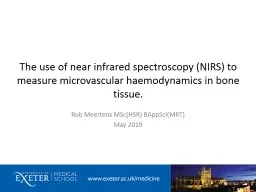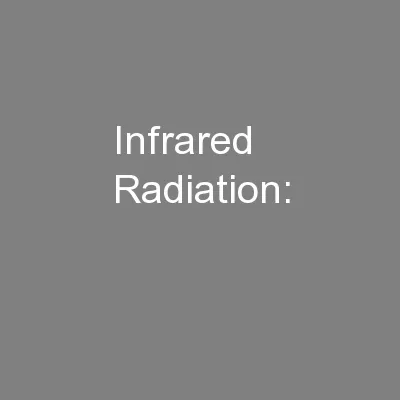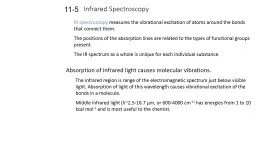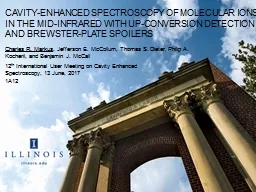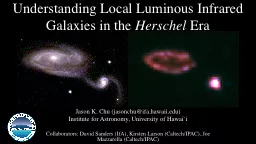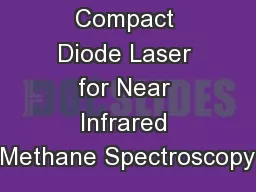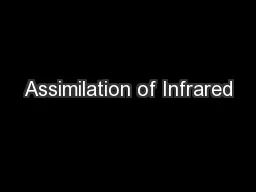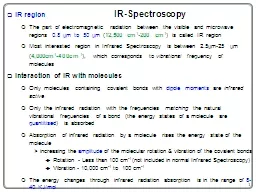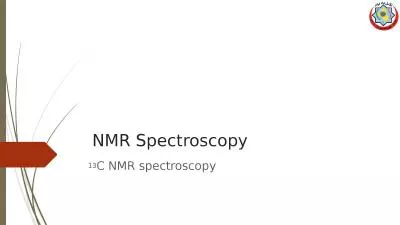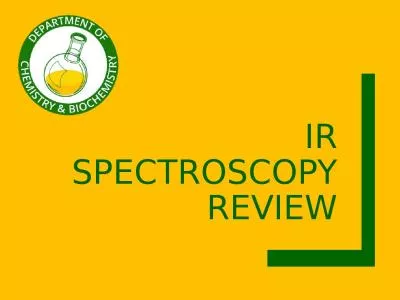PPT-The use of near infrared spectroscopy
Author : LaughsALot | Published Date : 2022-07-28
NIRS to measure microvascular haemodynamics in bone tissue Rob Meertens MScHSR BAppSci MRT May 2019 Overview What is NIRS Rationale for the project Work so
Presentation Embed Code
Download Presentation
Download Presentation The PPT/PDF document "The use of near infrared spectroscopy" is the property of its rightful owner. Permission is granted to download and print the materials on this website for personal, non-commercial use only, and to display it on your personal computer provided you do not modify the materials and that you retain all copyright notices contained in the materials. By downloading content from our website, you accept the terms of this agreement.
The use of near infrared spectroscopy: Transcript
Download Rules Of Document
"The use of near infrared spectroscopy"The content belongs to its owner. You may download and print it for personal use, without modification, and keep all copyright notices. By downloading, you agree to these terms.
Related Documents

